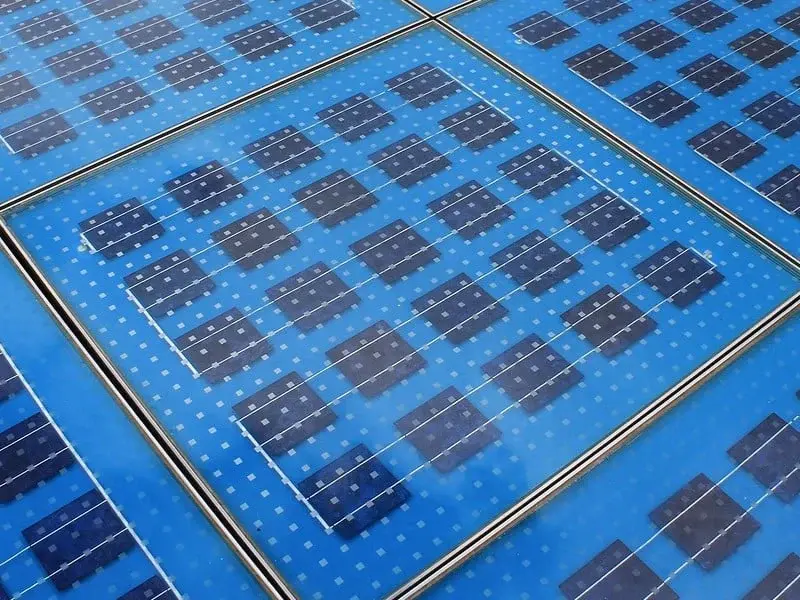Some researchers at the University of Kaunas, Lithuania, have created indoor solar cells with a 37% charging efficiency. Historically, converting artificial light to energy has been more challenging compared to converting solar energy. The Lithuanian research team has now developed a new type of perovskite solar cell that is highly efficient and capable of harnessing power from artificial light.
Efficiency in Low-Light Environments
Current photovoltaic cells struggle to function indoors where artificial light, which has a smaller spectrum and less energy, is present. Many small devices, such as smart sensors and digital clocks, operate at night when solar energy is not available. The new indoor solar cells open up many possibilities by providing power for these devices using minimal artificial light, which is almost always available at night.
Innovative Material and Testing
These innovative solar cells were designed to be efficient and capable of absorbing energy from a limited light spectrum. The material combines an organic semiconductor with perovskite, achieving a decent energy conversion rate. In experiments, the research team used a warm white LED with a temperature of 3,000 Kelvin, which is typical for living room lighting. This spectrum is similar to natural light but lacks infrared radiation. In addition to a special layer of perovskite, the cell uses thiazole molecules to conduct positive charges. Extensive tests showed a 37% efficiency using light from a standard LED, while the efficiency drops to 19% when using solar energy.
Future Prospects
There are no clear timelines yet for transitioning indoor solar cell technology into a commercial product. However, the prospects look promising that this model will eventually become a reality.



Leave a Reply